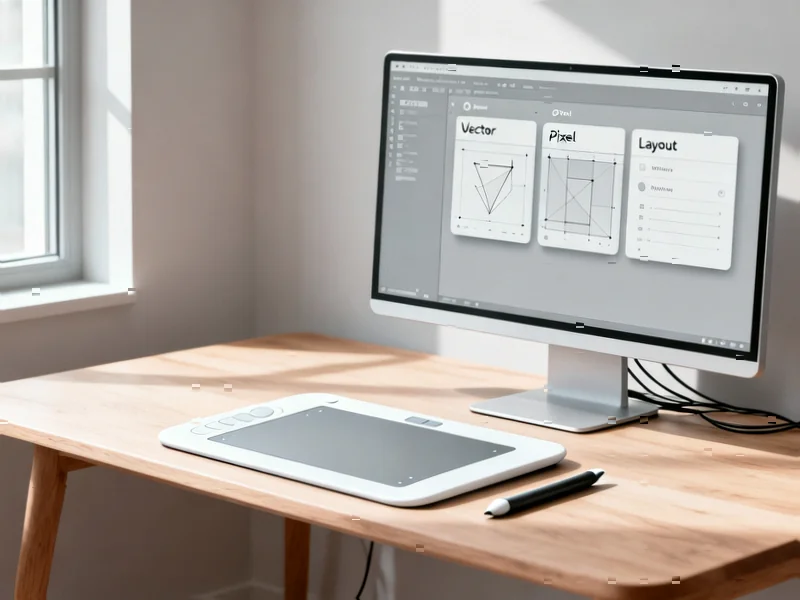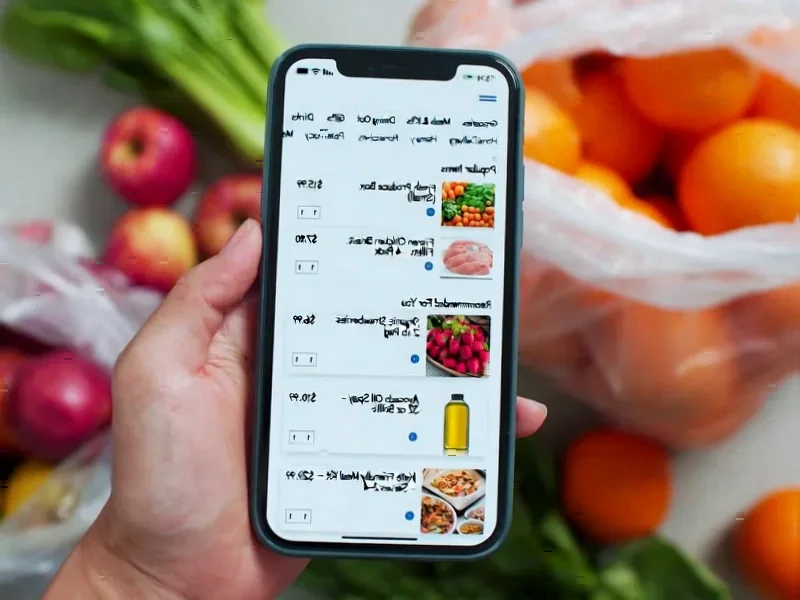According to The How-To Geek, Canva has fundamentally transformed its Affinity creative suite into a completely free application that combines vector, photo, and layout tools in a single interface. The newly unified Affinity application merges capabilities previously spread across separate apps, with users able to switch between Vector, Pixel, and Layout modes via tabs. Unlike the previous one-time purchase model, the software is now free to download and use permanently, with the only paid element being Canva AI Studio features that require a Canva premium subscription. The company explicitly promises the core application will remain “completely free, forever” without stripped-back versions, though users currently need a Canva account to access the software. This represents Canva’s most aggressive move yet to compete directly with Adobe’s creative software dominance.
Table of Contents
The Strategic Chess Move Against Adobe
This isn’t merely a pricing change—it’s a calculated strategic assault on Adobe’s subscription fortress. Adobe’s transition to Creative Cloud subscriptions created both predictable revenue and significant customer resentment, particularly among individual creators and small studios who balked at perpetual payments. Canva, which acquired Affinity earlier this year, is exploiting this vulnerability by offering professional-grade tools at exactly the right price point: free. The timing is particularly strategic as Adobe faces increasing scrutiny over its subscription practices and recent AI feature controversies. By removing the financial barrier entirely, Canva can rapidly scale user adoption and potentially convert millions of casual Canva users into professional creative software users.
The Technical Integration Challenge
Merging vector graphics, photo editing, and layout tools into a single application represents both an innovation and a potential technical minefield. While the unified interface promises workflow efficiency, professional creatives often prefer specialized tools optimized for specific tasks. The risk lies in creating a jack-of-all-trades application that masters none—particularly concerning for users who rely on the precision of Adobe Illustrator for vector work or the depth of Adobe Photoshop for complex image manipulation. The success of this unified approach will depend heavily on whether Canva can maintain the individual tool quality that made Affinity applications respected alternatives in their respective categories.
The “Free Forever” Reality Check
While Canva’s “completely free, forever” promise sounds compelling, experienced industry observers should approach with healthy skepticism. The requirement for a Canva account immediately creates a valuable user database and potential upsell pathway. More importantly, the separation of AI features into the premium Canva AI Studio establishes a clear monetization vector that could expand over time. History shows that “free” professional software often follows one of several paths: eventual introduction of premium tiers, data monetization through user analytics, or ecosystem locking that makes switching costly. The true test will come when Canva needs to justify the ongoing development costs against their acquisition investment.
The Ripple Effect Across Creative Software
This move will pressure not just Adobe but the entire creative software ecosystem. Established alternatives like GIMP, Inkscape, and Krita now face competition from a professionally-developed, integrated solution with corporate backing. The timing is particularly challenging for Adobe, which is simultaneously defending against antitrust scrutiny while trying to monetize expensive AI development. For creative professionals, this could mark the beginning of a new era where high-quality tools become increasingly accessible, potentially democratizing professional design capabilities. However, the current limitation to Windows and macOS—with iPad versions of the unified app not yet available—creates an immediate gap in the mobile creative workflow that Adobe currently dominates.
The Long-Term Industry Outlook
If Canva executes well, this could fundamentally reshape creative software economics. The combination of Affinity’s professional capabilities with Canva’s massive user base and freemium model creates a unique competitive position. However, the success hinges on several factors: maintaining tool quality post-unification, managing the inevitable feature creep that comes with unified applications, and resisting the temptation to gradually degrade the free offering. The existing Affinity Designer 2 for iPad, Affinity Photo 2 for iPad, and Affinity Publisher 2 for iPad applications will need careful integration into this new unified vision. For now, creative professionals have gained their most powerful leverage yet in the ongoing battle against subscription fatigue.
Related Articles You May Find Interesting
- Meta’s $72B AI Gamble Tests Investor Patience
- Canva’s Free Affinity Suite Disrupts Adobe’s Creative Monopoly
- Net At Work’s Acquisition Spree Reshapes ERP Consulting Landscape
- Canva’s Affinity Gamble: Free Tools, AI Premiums, and the Subscription Trap
- Apple’s Holiday Quarter Poised to Shatter Records



